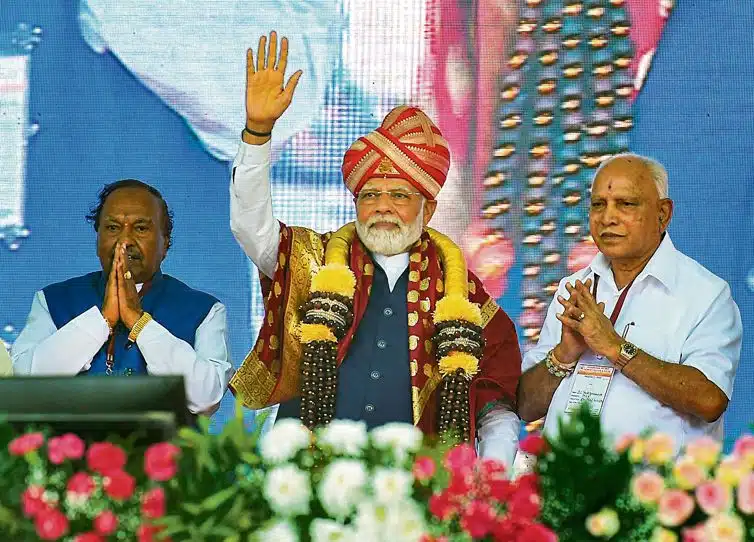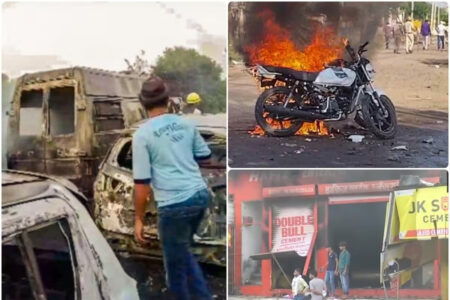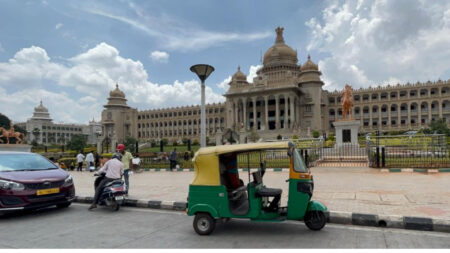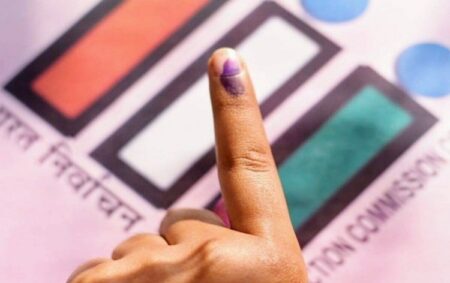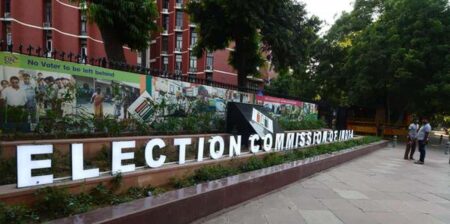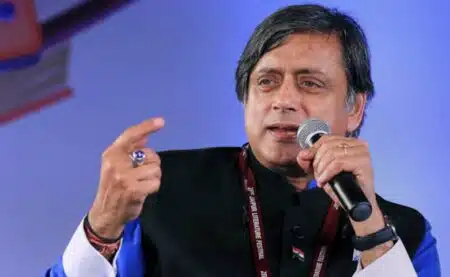
Indian Prime Minister Narendra Modi has accused the Congress party of mistreating stalwarts from the Lingayat community in Karnataka. The Lingayats are a prominent community in the state and are considered to be a significant voting bloc. Modi made the statement during a rally in the state ahead of the assembly elections.
Modi alleged that the Congress party has been disrespectful to Lingayat leaders, including former chief ministers B.S. Yeddyurappa and Jagadish Shettar. He claimed that the party has been ignoring the contributions of these leaders to the state and has been mistreating them.
The Lingayat community has been a traditional vote bank for the Bharatiya Janata Party (BJP) in Karnataka. Modi’s accusations against the Congress party are seen as an attempt to win over more Lingayat voters for the BJP.
The Congress party, however, has denied the allegations made by Modi. The party has stated that it has always respected the Lingayat community and its leaders. It has also accused the BJP of attempting to create divisions in society for political gain.
The Lingayat community has traditionally supported the BJP in Karnataka, but in the last assembly elections, the Congress party made significant inroads into the community’s support base. With the upcoming elections, both parties are vying for the support of the Lingayat community, which could prove to be crucial in determining the outcome of the polls.

An archive picture of S Nijalingappa, the first CM of the erstwhile Mysore state, and Veerendra Patil, a two-time Karnataka CM. (image from Indian Express Archives copyrights.)
Prime Minister Narendra Modi slammed the Congress
During his visit to Karnataka on February 27 in the lead-up to the impending state Assembly elections, alleging that it had mistreated people from the state. Karnataka legends S Nijalingappa, Veerendra Patil, and current Congress president Mallikarjun Kharge were mentioned by PM Modi as examples of figures the grand old party has claimed to have “disrespected” all through history.
Both Nijalingappa and his protégé Patil, who has served in the position of chief minister of that state twice, were born into the Lingayat community, which accounts for 17% of the population of Karnataka. Kharge relates to the Dalit culture.
The Lingayat community, which makes up 17% of the population of Karnataka, created both Nijalingappa and his protégé Patil, who together served as chief minister of that state twice. Kharge is a member of the Dalit ethnic group.
The first chief minister of the former Mysore state was Nijalingappa. He had vociferously lobbied for the development of a Kannada-speaking state even before the boundaries of the states were determined in 1956 along linguistic lines, even at the cost of insulting key congress members during that era.
He was the head of government of Mysuru state (which became to be called Karnataka in 1973) twice: from November 1, 1956, to May 16, 1958, and then from June 21, 1962, to May 29, 1968. He was a political activist and a representative of the Constituent Assembly.
The Congress was divided into the Indira-led Legislature (Requisitionists) and the Cong (Organization), or Syndicate faction of the party, which was led by Nijalingappa at the moment which included former leaders like K Kamaraj, Morarji Desai, and the party’s expelled leadership Indira Gandhi for defying party rules. Nijalingappa gradually left politics after the Congress split, but he proceeded to also be involved with a multitude of cooperative farming enterprises and trusts founded to promote altruistic purposes in honour of independence warriors. He passed away on August 8, 2000.
In the late 1960s, M V Rajashekaran, the son-in-law of Nijalingappa, was chosen to the Lok Sabha from the Kanakapura constituency on the tickets of the Congress. He was also put up by Congress for elections to the Rajya Sabha as well as an MLC. He also served in the Manmohan Singh-led UPA government as a minister for planning. In April 2020, he passed away.
The head of the Karnataka Pradesh Congress Committee (KPCC), D K Shivakumar, refuted claims that Congress disrespected its veterans by using Rajashekaran as an example of how the party continues to give veterans opportunities.
Veerendra Patil served as chief minister of Karnataka twice, with a period of 18 years between each term.
Veerendra Patil served as chief minister of Karnataka twice, with a period of 18 years between each term. His mentor, Nijalingappa, designated him as his successor in the state when he transitioned to national politics.
The Political Career and Controversies of S. R. Kanthi, Congress
The Indian National Congress is one of the oldest and largest political parties in India. It was formed in 1885 and played a major role in India’s struggle for independence from British colonial rule. After independence, the Congress party became one of the dominant political forces in the country, and many of India’s prime ministers have come from its ranks. The party has undergone several transformations over the years and has faced challenges from other political parties. It is currently led by Sonia Gandhi and has been in opposition to the ruling Bharatiya Janata Party since 2014.

S. R. Kanthi was a prominent Congress leader from Karnataka who served as the Chief Minister of the state twice. He first assumed the position in May 1968 and served until March 1971. He was elected Chief Minister once again in November 1989 but was forced to step down by then-Prime Minister Rajiv Gandhi. Kanthi was known for his efforts in cementing the Lingayat community’s support for the Congress party. However, his abrupt removal from the Chief Minister’s post, allegedly due to political machinations, led to a significant loss of support for the party among the Lingayat community.
From May 1968 to March 1971, Patil was the Cheif Minister. He initially assumed the job in May 1968. In November 1989, he was elected chief minister once more, but the following year, Rajiv Gandhi, then with the Congress, cut short his mandate. In 1978, Patil ran for a seat in the Chikkamagaluru constituency against Indira Gandhi on the Janata Party ticket. He lost by much more than 77,000 votes.
With his return to the party, he was recognized for cementing the Lingayat electoral base in Favour of the Congress, and his abrupt departure as the chief minister by then-President Rajiv Gandhi continues to haunt the party structures even to date.
While serving as the state’s prime minister, Patil sustained a stroke in October 1990, just as gunshots rang out in so many areas of the state. Then there were rumors that some Legislators had allegedly organized the riots to remove Patil and were capable of convincing Rajiv to do so. After the meeting, Patil Rajiv told the reporters in front of the airport in Bengaluru that Karnataka would soon have a new chief minister.
As a consequence of Patil’s expulsion, Congress suffered an extensive loss in the subsequent Assembly elections. Congress insisted that his removal was due to severe health conditions, but the Lingayat community abandoned the party as a result, so its justifications fell flat. On March 14, 1997, he passed away at age 73.







